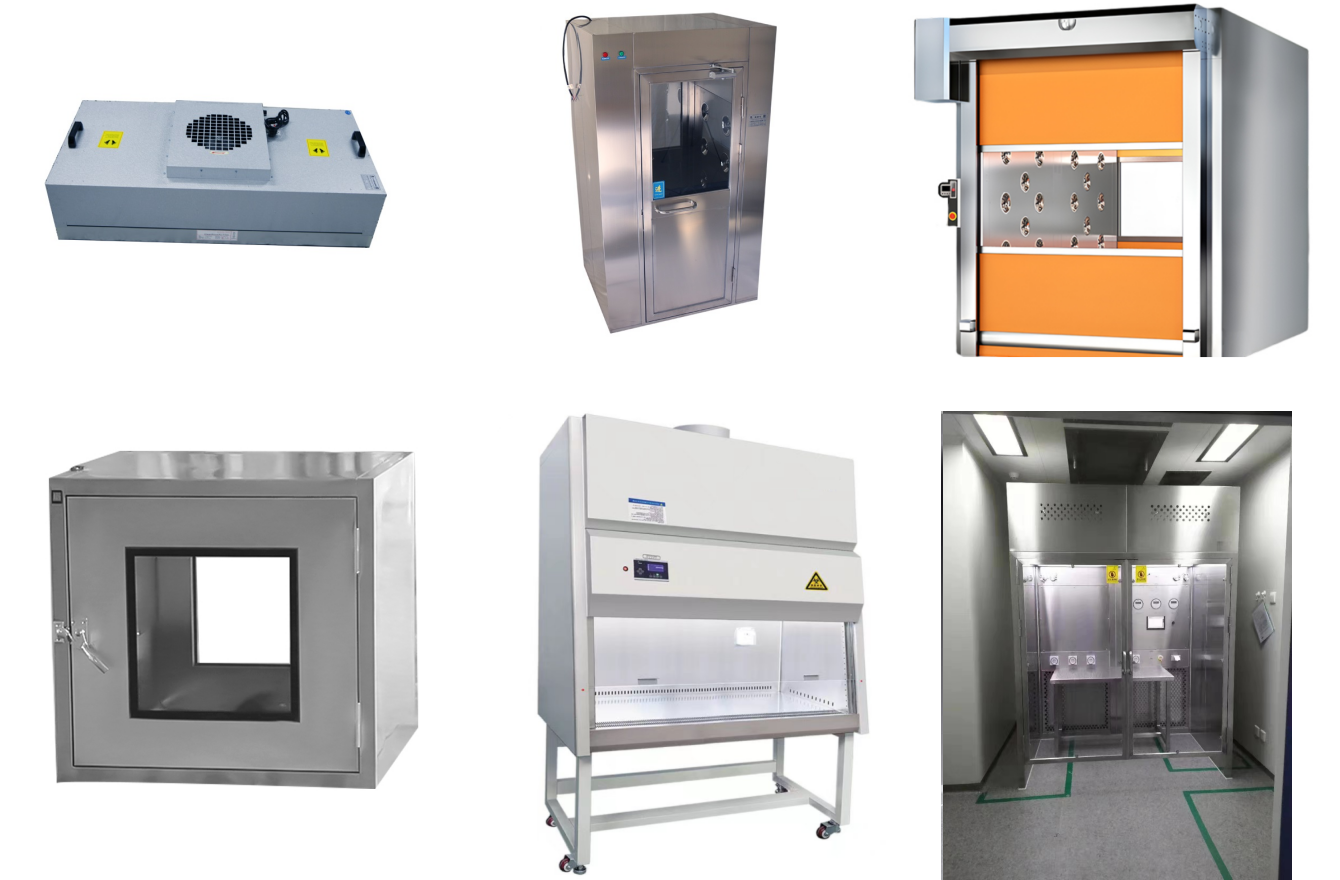Author:DanielDate:2023-8-18

The laminar flow transfer window is mainly used for the transfer of items in biological clean areas, mainly used in various clean areas such as biopharmaceuticals, research institutions, disease control centers, large hospitals, university research, biological cleaning, and application.
Basic performance requirements
1. Cleanliness requirements inside the laminar flow transfer window: Class B;
2. The inner and outer double-layer shells are treated with circular arcs around the interior to ensure seamless connection;
3. Adopting a laminar flow design, the airflow direction adopts an upward feeding and downward returning mode, and the bottom adopts a 304 stainless steel cold-rolled plate punching design with reinforcing ribs;
4. Filter: The initial efficiency filter adopts G4, and the high-efficiency filter adopts H14;
5. Wind speed: After passing through the high-efficiency filter, the outlet wind speed is controlled between 0.38-0.57m/s (tested at 150mm below the high-efficiency air distribution plate);
6. Pressure difference function: Display the filter pressure difference (range efficiency 0-500Pa/medium efficiency 0-250Pa), with an accuracy of ± 5Pa;
7. Control function: fan start/stop button, equipped with built-in electronic door interlock; Set up UV lights and design separate switches. When two doors are closed, the UV lights should be in the on state; Set up lighting fixtures and design separate switches;
8. The high-efficiency filter can be disassembled and installed separately from the upper box, making it easy to maintain and replace the filter;
9. Install an access hole at the lower part of the transmission window for fan maintenance;
10. Noise: The noise during normal operation of the transfer window is less than 65db;
11. Efficient air distribution plate: Made of 304 stainless steel mesh plate.
Material requirements for laminar flow transfer windows
1. The inner and outer surfaces and frames of the laminar flow transfer window are made of 304 stainless steel cold-rolled sheets, with a thickness of ≥ 1.5mm. The surface is polished and the surface finish should not be lower than RA1.2;
2. The frames of laminar flow transfer windows are all made of 304 stainless steel, with a thickness of ≥ 1.2mm. The surface is polished and the surface finish should not be lower than RA1.2;
3. The visual window of the laminar flow transfer window adopts tempered glass, with a thickness of ≥ 8mm;
4. Round corner: Made of 304 stainless steel with a thickness of ≥ 1.2mm, and the surface finish after polishing treatment should not be lower than RA1.2;
5. The high-efficiency filter frame is made of aluminum alloy;
6. The uniform flow plate on the outlet surface of the high-efficiency filter is made of 304 stainless steel mesh plate, with a thickness of ≥ 1.0mm and no burrs.
Specific requirements
1. All sensors must be verified by a legally qualified calibration unit, and calibration records and certificates must be provided;
2. After the equipment installation is completed, the supplier needs to conduct on-site testing on each clean transfer window (including at least cleanliness, wind speed, wind pressure, illumination, noise, and airflow pattern), and provide relevant test reports;
3. Provide verification documents that comply with GMP standards: functional specification/design specification (FS/DS) files, SAT/IQ/OQ plans and reports.
GMP requirements
1. The surface of the equipment should be smooth, free from burrs, dust accumulation, and easy to clean. All gaps should be sealed with food grade neutral sealant;
2. Equipment should have suitable space for maintenance and repair;
3. All wires should be hidden and not exposed;
4. All instruments and testing instruments must be calibrated by legal departments and traceable.

